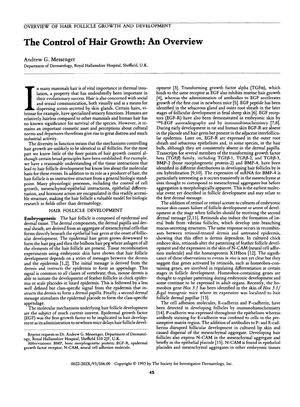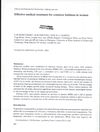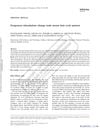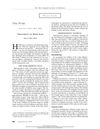The Control of Hair Growth: An Overview
July 1993
in “
Journal of Investigative Dermatology
”

TLDR Hair growth is influenced by interactions between skin layers, growth factors, and hormones, but the exact mechanisms are not fully understood.
In 1993, Andrew G. Messenger provided an overview of hair growth control, discussing the embryonic development of hair follicles and the importance of interactions between the dermis and epidermis, as well as the role of growth factors like EGF and TGF. The paper described the adult hair follicle's retention of embryonic properties, with the dermal papilla being key for hair growth induction. It was noted that systemic factors can modulate the hair growth cycle, with local inhibitors and growth factors potentially controlling the cycle, though mechanisms were unclear. The document reported that growth factors such as TGFB-1, TGFB-2, and TGFQ are constant throughout the hair cycle, while TGFB-3 and bFGF vary, and androgens are crucial for human hair growth, possibly influencing hair growth by affecting the dermal papilla. Despite progress in understanding hair follicle development and the hair growth cycle, fundamental questions remained, including the nature of the hair growth cycle "clock" and the variable effects of androgens on hair growth at different body sites.




